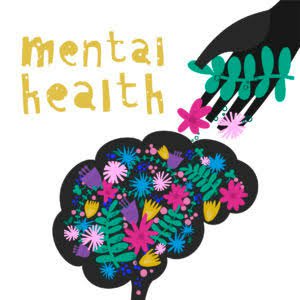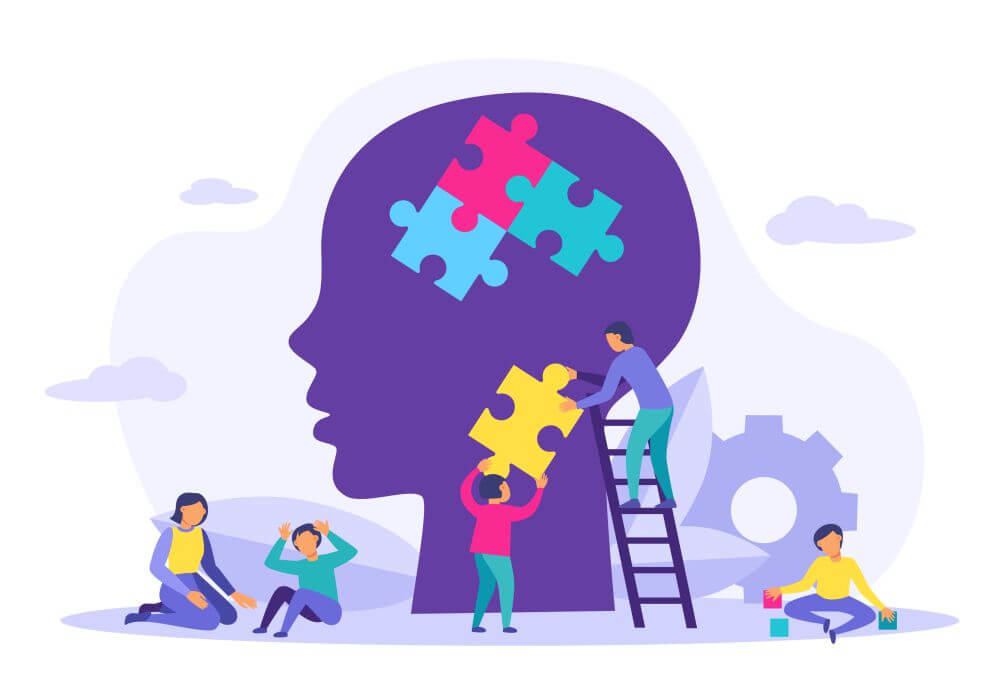Mental health is one of the most important factors in people’s life. It basically refers to the way we behave, think, feel, etc. Although most people believe that mental health equals the absence of mental disorders, recent studies have shown that there can also be other aspects of mental health. However, to be able to understand the definition of mental health, we should know what mental disorders are and have comprehensive knowledge about it. In this article, we are to discuss more about mental health and mental disorders; especially the ones that we may suffer from in our life time.
Types of mental disorder
Since mental health can affect every single thing in our lives, it is good to take care of it as much as we can. As mentioned, the very first step is to get familiar with the disorders. The most common types of mental illness are: anxiety disorders, mood disorders and schizophrenia disorders
Anxiety disorder
Anxiety disorder is the most common type of mental illnesses which includes people with severe fear or anxiety (which relates to certain objects or situations and they try to avoid exposure to their fears)
types of anxiety disorders
- Panic disorders: people who are suffering from a panic disorder experience regular panic attack, which may be caused by a sense of imminent disaster and death or sudden overwhelming terror.
- Generalized anxiety disorder (GAD) : disproportionate worry that disrupts everyday living
Symptoms of anxiety disorder
There are different symptoms of anxiety disorder the most common of which include the following:
restlessness, fatigue, tense muscles, interrupted sleep
- Obsessive-compulsive disorder (OCD): to experience constant, stressful thoughts and a great urge to perform repetitive acts, like hand washing.
- Post-traumatic stress disorder (PTSD): to feel like your life or other’s lives are in danger and you have no control over what is happening.
The reason of this disorder is because of a person experiences or witnesses a deeply stressful or traumatic event.
- Phobias: There are different types of this illness but one important thing to know is that phobias are personal so doctors usually don’t know all types. The most common kinds of phobia are as follows:
- Social phobia or social anxiety: a fear of being subject to the judgment of other people. People with this phobia do not usually expose themselves in social environments.
- Simple phobias: a fear of specific objects, such as cockroaches, spiders, etc.
- Agoraphobia: a fear of situations in which getting away can be hard. Situations like being in an elevator.
- Be careful not to misunderstand this phobia as a fear of being outside.

Mood disorders
to have a significant change in your mood. For example a person with a mood disorder may experience a period of high energy and elation or depression. Some different types of mood disorders are:
- Bipolar disorder: to experience unusual changes in your mood, energy levels, levels of activity and ability to continue with daily life.
- Seasonal affective disorder (SAD): A type of depression in which reduced daylight trigger during different seasons can affect people with the illness. (Most common in countries far from the equator)
- Major depression: to experience a constant low mood and lose interest in interesting activities.
Schizophrenia disorders
Experts are still trying to understand whether schizophrenia is a single disorder or a group of related illnesses. Signs of schizophrenia typically develops between the ages of 16 and 30 years. Schizophrenia has both positive and negative symptoms as following:
Positive symptoms of schizophrenia: delusions, thought disorders, and hallucinations
Negative symptoms of schizophrenia: withdrawal, lack of motivation, and a flat or inappropriate mood
As you can see, there are different types of mental disorders that cannot be easily diagnosed. The next step is to understand the definition of mental health.
Based on what WHO says “mental health is a state of well-being in which individuals realize their own abilities and can look after their ongoing wellness and happiness.”
Therefore, the significant thing is that you not only need to pay attention to your mental illnesses but also take care of your wellness is very important. In order to take care of your wellness, you should be informed about the risk factors for mental health conditions.
Risk factors of mental disorders
There are a lot of factors that can take a role in shaping a person’s mental health. Such as, biological factors, social and financial circumstances and lifestyle choices. It is confirmed that in many developed countries, mental disorders are one of the leading causes of disability. So, to have a good mental health, a delicate balance of factors is required.
Besides the common mental health problems that we mentioned, these factors can also lead to mental health disruptions like:
Continuous social and economic pressure
In this case, there are two types of factors: modifiable factors, which can change over time, and nonmodifiable factors, which are permanent.

Modifiable factors for mental health disorders are:
- socioeconomic conditions (like weather)
- occupation
- education
- a person’s level of social involvement
- housing quality (like living on the outskirts of a large city)
Nonmodifiable factors are:
- Age
- Gender
- Ethnicity
Biological factors
As the NIMH says: genetic family history can increase the possibility of mental health conditions, as certain genes and gene variants put a person at higher risk. But the most thoughtful thing to remember is that having a gene with links to a mental health disorder, such as depression or schizophrenia, does not guarantee that a condition will develop. It’s the same for people without related genes or a family history of mental illness, they can still have mental health issues.
Taking all these points into account, we can say that all human beings are responsible for their physical and mental health care and taking care of their wellness is essential. Thus, each individual needs to inform themselves and start taking action in improving their lifestyles.
https://www.medicalnewstoday.com/articles/154543#common-disorders


